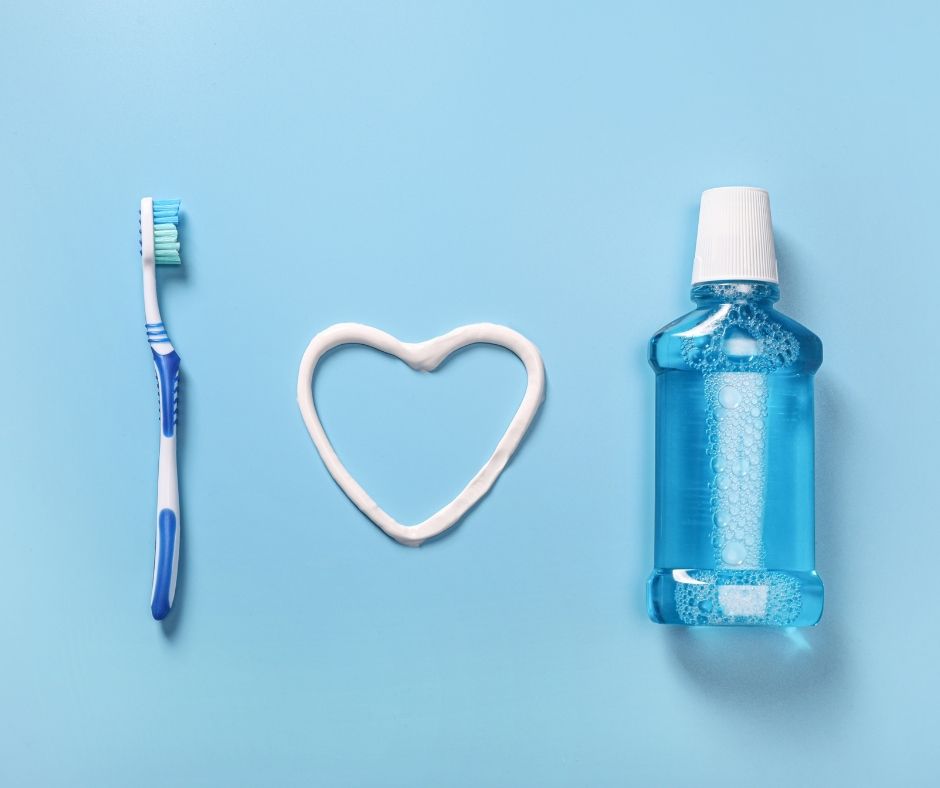Dental Care: The Best, Worst and Unproven Tools To Care For Your Teeth

Only a handful of self-administered interventions provide additional protection against gingivitis and periodontitis – Dental Care
At the moment, all other dental care interventions are only supported by insufficient evidence, says Frank Scannapieco, DMD, PhD, principal investigator and chair and professor of oral biology in the UB School of Dental Medicine.
The findings, he says, will help dental practitioners and the public identify best practices for preventing gum disease, which affects nearly half of adults 30 and older in the United States, according to the Centers for Disease Control and Prevention (CDC).
“Patients can be confident that the oral care tools and practices supported by research, as described in the paper, will prevent the initiation and progression of periodontal disease, if they are performed regularly and properly,” says Scannapieco.
Additional investigators include Eva Volman, DDS, first author, UB alumna and resident dentist at the Eastman Institute for Oral Health; and Elizabeth Stellrecht, interim head of health sciences library services at UB.
“It is my hope that this piece consolidates the relevant evidence in a way that is comprehensive, readable and uniquely helpful to all oral health professionals as well as patients,” says Volman.
The proven: basic toothbrush; interdental brush; water pick; chlorhexidine gluconate (CHX), cetylpyridinium chloride (CPC) and essential oil (Listerine) mouth rinses
Tooth brushing is the cornerstone of daily dental care and is a reliable way to control dental plaque, says Scannapieco. And according to the research, interdental brushes and water picks performed better than other interdental oral hygiene devices at reducing gingivitis, and both should be used in combination with daily tooth brushing to prevent gum disease.
Among the numerous mouth rinses examined, those based on CHX, CPC, and essential oils (such as Listerine) were proven to be effective at significantly reducing plaque and gingivitis.
While not effective at fighting gingivitis, toothpicks were useful for monitoring gum health, says Scannapieco. By gently prodding the gums with a toothpick and monitoring for bleeding, patients could detect signs of gum disease.
The bad: triclosan
Triclosan toothpastes and mouth rinses significantly reduced plaque and gingivitis, however, the compound is linked to the development of various types of cancers and reproductive defects. Triclosan has been removed from most popular toothpastes in the U.S.
The unproven: powered toothbrushes, dental floss, probiotics, dietary supplements and numerous mouth rinses
Electric-powered toothbrushes are no more effective at reducing plaque and gingivitis than a basic toothbrush, found the researchers. And little evidence has been published in support of dental floss — the mainstay of interdental cleaning — to reduce plaque and gingivitis. But don’t toss your floss just yet, says Scannapieco, as flossing is beneficial.